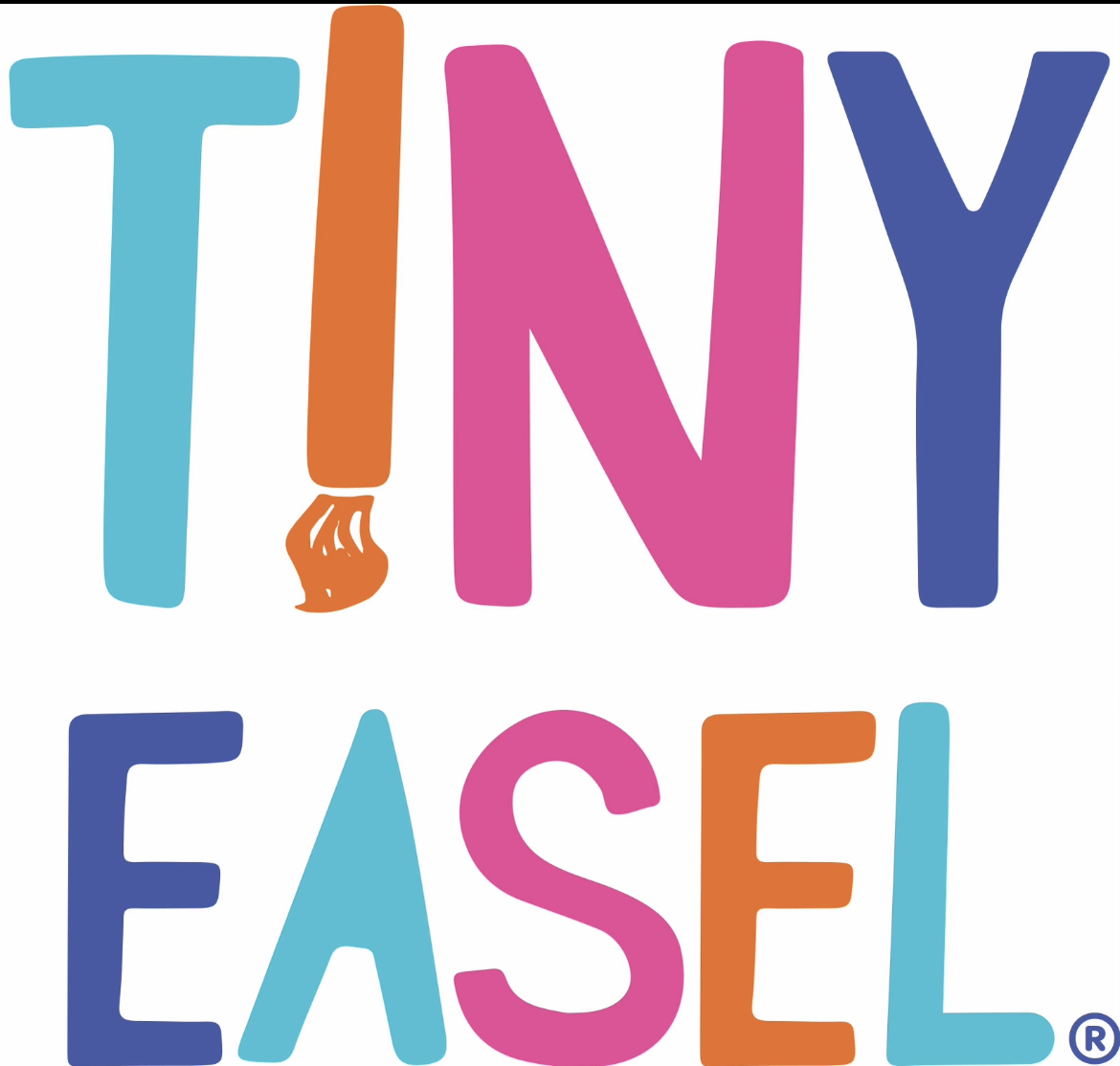The modern world is busy, often pulling us in different directions all at once. With constant distractions from work, social media, and the daily grind, it can be difficult to find peace and clarity. That’s where mindfulness comes in. Mindfulness is a practice of being present in the moment, fully engaged with whatever you are doing or feeling without judgment. For beginners, it might seem elusive or abstract, but mindfulness is actually something anyone can cultivate with small, intentional steps. This guide will show you how to start your mindfulness journey and incorporate this powerful practice into your everyday life.
Understanding Mindfulness: What Does It Mean?
Before diving into how to practice mindfulness, it’s helpful to understand what it really means. Mindfulness is about bringing your attention to the present moment without distraction. It’s the act of observing your thoughts, feelings, and sensations as they happen—without trying to change them or judge them as good or bad.
Many people often confuse mindfulness with meditation. While meditation is a formal exercise to practice mindfulness, mindfulness itself can be applied to nearly any activity in your daily life—whether it’s eating a meal, walking, talking to a friend, or even doing household chores. The idea is to focus entirely on what you’re doing, let go of distractions, and observe the present with openness and curiosity.
The Benefits of Mindfulness Practice
Mindfulness has numerous benefits for both your mental and physical health. By cultivating mindfulness, you can reduce stress, improve concentration, enhance emotional regulation, and boost your overall well-being. Studies have shown that mindfulness can lower anxiety levels, increase self-awareness, and improve the quality of relationships by making you more empathetic and present with others.
Beyond emotional health, mindfulness has also been linked to improved physical health. It can lower blood pressure, strengthen the immune system, and even reduce symptoms of chronic pain. The true power of mindfulness lies in its simplicity and accessibility—it doesn’t require special tools or a significant time investment, but it can significantly improve the quality of your life.
Start Small: Breathing Exercises
A great way to begin your mindfulness journey is to focus on your breath. Breath awareness is one of the simplest yet most powerful mindfulness exercises, and it can be done anywhere, at any time.
Here’s how to get started:
- Find a Comfortable Position: Sit or lie down in a comfortable position. Close your eyes if you’d like, or simply soften your gaze.
- Focus on Your Breath: Start by taking a few slow, deep breaths. Notice the sensation of the air as it moves through your nose, fills your lungs, and exits your body.
- Observe Your Thoughts: Your mind will inevitably wander—and that’s okay. When you notice yourself getting distracted, gently bring your focus back to your breath. The point isn’t to stop your thoughts but to become aware of when they arise and guide yourself back to the present moment.
You can do this for as little as one minute, gradually increasing the duration as you feel more comfortable. Over time, this practice will help you become more attuned to your thoughts and emotions, cultivating a sense of calm and focus.
Body Scan Meditation: Connecting with Physical Sensations
Another great way to practice mindfulness is through a body scan meditation. This exercise helps you reconnect with your body, releasing tension and becoming aware of physical sensations.
To practice a body scan meditation:
- Lie Down or Sit Comfortably: Make sure you are in a relaxed position where you won’t be disturbed.
- Bring Your Attention to Different Body Parts: Start at the top of your head and slowly move your attention down through your body. Notice any areas of tension, pain, or simply how each part feels.
- Breathe Into Tension: As you scan each part of your body, breathe deeply and allow yourself to release any tension you may be holding. Imagine the breath moving through those areas and softening them.
This process can take anywhere from five to twenty minutes, depending on how much time you have. The goal is to notice any sensations without trying to change them. By becoming aware of your body, you cultivate a greater sense of presence and reduce overall stress.
Mindful Eating: Bringing Awareness to Daily Activities
Mindfulness is not limited to meditation—you can bring a mindful approach to everyday activities, like eating. Mindful eating is a simple way to practice being present, and it can even help you enjoy your food more and make healthier eating choices.
Here’s how to practice mindful eating:
- Take a Moment Before Eating: Before taking your first bite, pause for a moment. Notice the colors, smells, and textures of your food. Appreciate where the food has come from and the effort that went into preparing it.
- Chew Slowly and Savor Each Bite: As you eat, chew slowly and really taste the flavors. Notice the texture of the food and how it feels in your mouth.
- Avoid Distractions: Put away your phone or turn off the TV while you eat. Try to focus solely on the experience of eating, the taste, the sensations, and how it makes you feel.
Mindful eating helps you reconnect with the experience of nourishing your body, fostering a positive relationship with food, and promoting better digestion.
Walking Meditation: Movement with Awareness
Another way to integrate mindfulness into your daily life is through walking meditation. Walking meditation is particularly helpful if you find it challenging to sit still for traditional meditation.
To practice walking meditation:
- Find a Quiet Space: You can do this indoors or outdoors, but try to find a space where you can walk undisturbed for a few minutes.
- Walk Slowly and Intentionally: Walk at a slower pace than usual. Focus on each step—the sensation of your feet touching the ground, how your body moves with each step, and the rhythm of your breath.
- Stay Present: Your mind may wander, just like in seated meditation. When it does, gently bring your attention back to the sensation of walking.
Walking meditation can be practiced for five to ten minutes or longer if you have time. This practice helps you bring mindfulness to movement, grounding yourself in the present moment.
Letting Go of Expectations
One of the biggest challenges for beginners is the expectation that mindfulness should feel a certain way or produce immediate results. It’s important to let go of these expectations. Mindfulness is not about achieving a state of perpetual calm or clearing your mind of all thoughts—it’s about observing whatever is happening in the present moment without resistance.
Some days, you may feel deeply relaxed during your practice; other days, your mind might be full of chatter. Both experiences are okay. Mindfulness is a practice of self-compassion and acceptance. Whatever arises during your practice, meet it with openness and kindness.
Incorporating Mindfulness into Daily Life
Mindfulness can be seamlessly incorporated into various aspects of your day. Here are a few examples of how you can practice mindfulness throughout your routine:
- Mindful Showering: Instead of going through your shower on autopilot, bring your attention to the sensation of water on your skin, the scent of the soap, and the warmth of the steam. Engage all your senses as if you were experiencing it for the first time.
- Mindful Listening: When speaking with a friend, practice fully listening to what they are saying without thinking about what you’re going to say next. Focus on their words, tone, and emotions.
- Mindful Waiting: When you find yourself waiting in line or sitting in traffic, instead of reaching for your phone or feeling frustrated, take a few deep breaths and notice your surroundings. These moments can be opportunities to practice mindfulness and find calm.
Start a Regular Mindfulness Practice
To truly experience the benefits of mindfulness, consistency is key. Start by setting aside just five to ten minutes a day for your practice, gradually increasing the time as you feel more comfortable. Whether it’s breath awareness, a body scan, or mindful walking, the most important thing is to make it a regular part of your routine.
You can also consider using mindfulness apps like Headspace or Calm, which offer guided meditations and tools specifically designed for beginners. These apps can be helpful for creating structure and providing guidance as you start your mindfulness journey.
Be Kind to Yourself
Mindfulness is not about perfection—it’s about showing up for yourself as you are, moment by moment. There will be days when it feels easier and days when it feels challenging, and that’s completely normal. The most important thing is to be patient and compassionate with yourself as you learn.
Starting a mindfulness practice doesn’t require hours of meditation or a major lifestyle overhaul. It’s about cultivating awareness in your daily life, one moment at a time. With small steps, you can begin to experience the profound benefits of being truly present, bringing more calm, clarity, and joy into your life.








